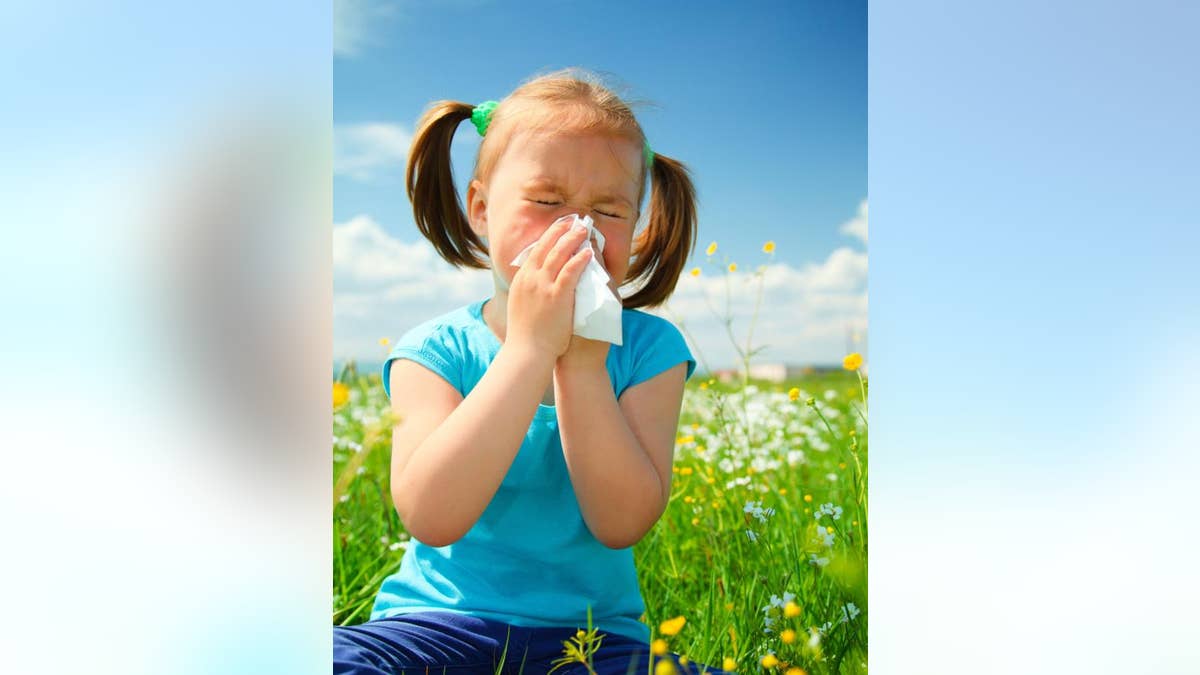
Spring is in the air and our sinuses are feeling it.
As the days get warmer and longer, the trees begin to bloom after months of wintry slumber — and they're releasing pesky pollen that wreak havoc on our senses. Many allergy sufferers become eclipsed by burning eyes, itchy throats, running noses, and loads of coughing, just to name a few. And with about 50 million Americans suffering from seasonal allergies, it’s no wonder many of us are miserable.
Fortunately, you can help put allergies in their place with some spring cleaning. But unfortunately, mere dusting just won't do.
Robin Wilson, an interior designer with expertise on allergy and asthma-friendly décor, understands this woe all too well. Just in time for the months to come, she’s sharing her tricks for cleaning and even revamping our homes with the aim of reducing our allergies and, in general, feeling less miserable. You might even be tempted to smell the flowers after applying Wilson’s tips for spring cleaning:
#1. Remember the Rule of Three
Your pillows get heavier as time goes on because of dead dust mites and their droppings trapped inside. So always remember the "Rule of Three": Wash your pillow every three months and replace your pillow every three years.
#2. Limit the Dust Collectors Around Your Bed
Three things that increase the dust and allergens on and around the bed are pets, stuffed animals and clutter. Pet dander can wreak havoc on allergies, so keep them off the bed. You can still keep your kids comfortable by buying them a little bed for the floor — even better if it’s outside your bedroom. Stuffed animals also collect dust that can trigger your children’s allergies and asthma. Take as many as possible off the bed, and wash or freeze them every week to kill dust mites. Keep under (and around) the bed free of clutter, too — it attracts dust, and makes it much harder to reach the entire space to vacuum.
#3. Ditch the Vinyl
Soap scum and mold can easily build up on vinyl shower curtains. Instead, choose nylon, organic cotton, polyesters and even canvas shower curtains because they can easily be washed.
#4. Keep Your Cool
Hot, humid houses are breeding grounds for dust mites and mold. Maintain a temperature of 70 degrees F and relative humidity at 30–50 percent. Clean or replace small-particle filters in central heating systems, cooling systems and in-room air conditioners at least once a month.
#5. Call in Reinforcements
Sometimes it might be best to hire highly rated cleaning services to get your house in tip-top shape. Be sure to communicate openly with the cleaner, so they understand that you’re targeting specific problem areas, and disclose any allergy issues, including sensitivity to chemicals. You can hire a house cleaner to do it all, or just for help in those allergen-ridden locations.
#6. Choose Your Indoor and Outdoor Plants Wisely
Flowers are placed around the home to add pops of color, but many have allergy-inducing pollen. For indoor botanical decorations, stick with plants that are leafier rather than flowering, as they don't pollinate as much as outdoor plants. A great one to consider is the Lady Palm, a versatile air-purifying plant that thrives in dry or humid climates and resists most types of plant-eating insects. And when selecting new plants for your flower beds this year, stick with low-allergy flowers, such as astilbe, impatiens, hosta, scabiosa, columbine and viola.

